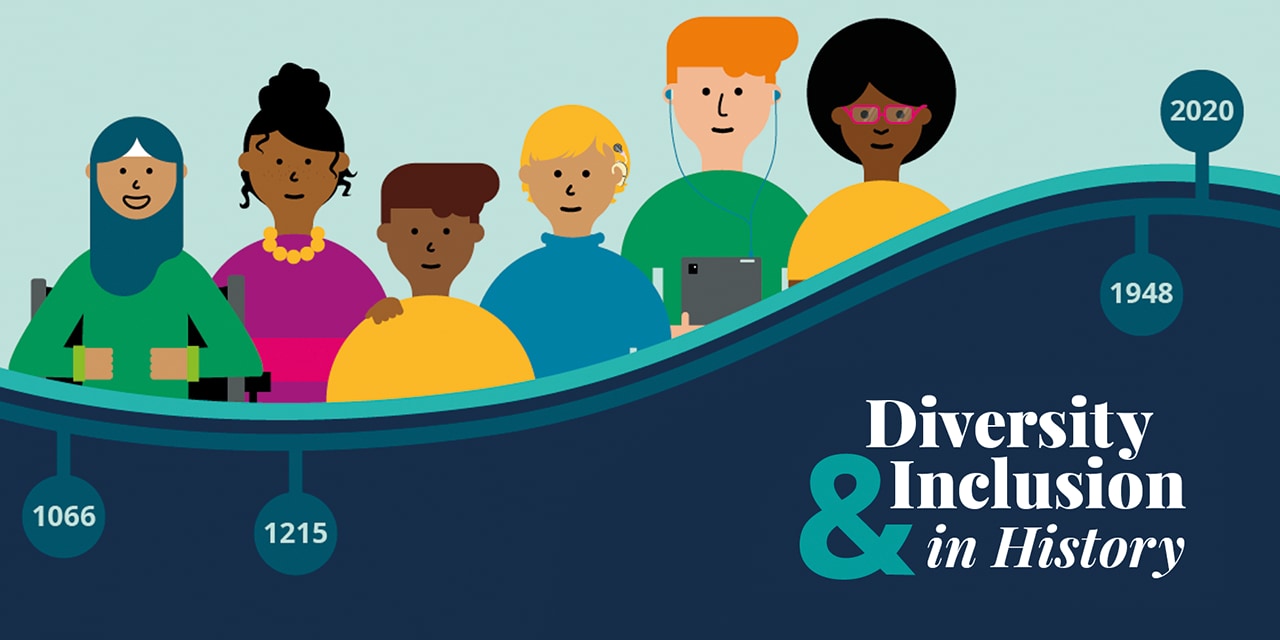Black Power: Hidden Histories

In November 2020, Steve McQueen’s BBC Small Axe brought the story of the Mangrove Nine to primetime television.
McQueen’s film is a dramatisation of events, but it’s a drama firmly rooted in historical reality. Not only did McQueen’s team consult historians, they became historians: interviewing the surviving participants, consulting archives, weighing evidence to construct a script which was faithful to events.
Mangrove a ‘hidden history’
McQueen has called the story of the Mangrove a ‘hidden history’. He is right to do so, for while the campaign was the high watermark of the Black Power movement in Britain, it is a story that has received relatively little attention. Nonetheless, it’s an important aspect of recent history, and our understanding of Britain’s past is incomplete without it.
The roots of the Mangrove campaign can be found in the late Sixties. Stokely Carmichael’s visit to London in 1967 led to the launch of the Black Panther Movement, the first Panther group established outside the USA.
A year later, Frank Crichlow set up the Mangrove restaurant in Notting Hill. Crichlow served Caribbean cuisine, and the restaurant soon became the heart of the local black community, as well as attracting the likes of Jimi Hendrix, Nina Simone, Bob Marley and Vanessa Redgrave.
The restaurant also attracted unwanted attention. Night after night, the Mangrove was subjected to police raids. The police claimed to be looking for drugs, although none were ever found.
In August 1970, Altheia Jones-LeCointe, one of the leading figures in the Black Panther Movement, and Darcus Howe, who had recently returned to Notting Hill after participating in Trinidad’s Black Power Revolution, organised a march to defend the Mangrove.
After the police stopped the march, violence broke out. Within hours, files from Special Branch, MI5 and the Joint Intelligence Committee, detailing the activities of black radicals in the Notting Hill area, were sent to the Home Secretary. A decision was made to prosecute the leaders of the march in an attempt to decapitate the movement. But, after 10 weeks at the Old Bailey, the nine turned the tables on their accusers and put the police on trial.
The nine won their freedom and forced the first judicial acknowledgement that there was evidence of racial hatred in the Metropolitan Police. Events outside the Court were just as remarkable. The Panthers organised the first ever picket of the Old Bailey, a picket made up exclusively of black women.
Following the broadcast of Mangrove, tweet after tweet called for the history of the Mangrove Nine to be taught in schools. The time is right. In recent years, academic historians and community activists, including Anne-Marie Angelo, Paul Field, Ana Laura Lopez de la Torre, Ishmahil Blagrove and Bryan Knight, to name but a few, have been reconstructing the history of Black Power in Britain.
Pearson’s decision to include the Mangrove campaign in the new Edexcel GCSE (9-1) History Migration Thematic Study, like these efforts, and like McQueen’s film, raise the prospect that the Mangrove campaign and the history of Black Power in Britain will be hidden no longer.
BBC Small Axe – Mangrove is available to view on BBC iplayer
About the author
Robin Bunce is a Historian based at Homerton College, University of Cambridge. He specialises in the recent history of black radicalism in Britain. Together with Paul Field, he was an Historical Advisor on Mangrove, the first episode of Small Axe.